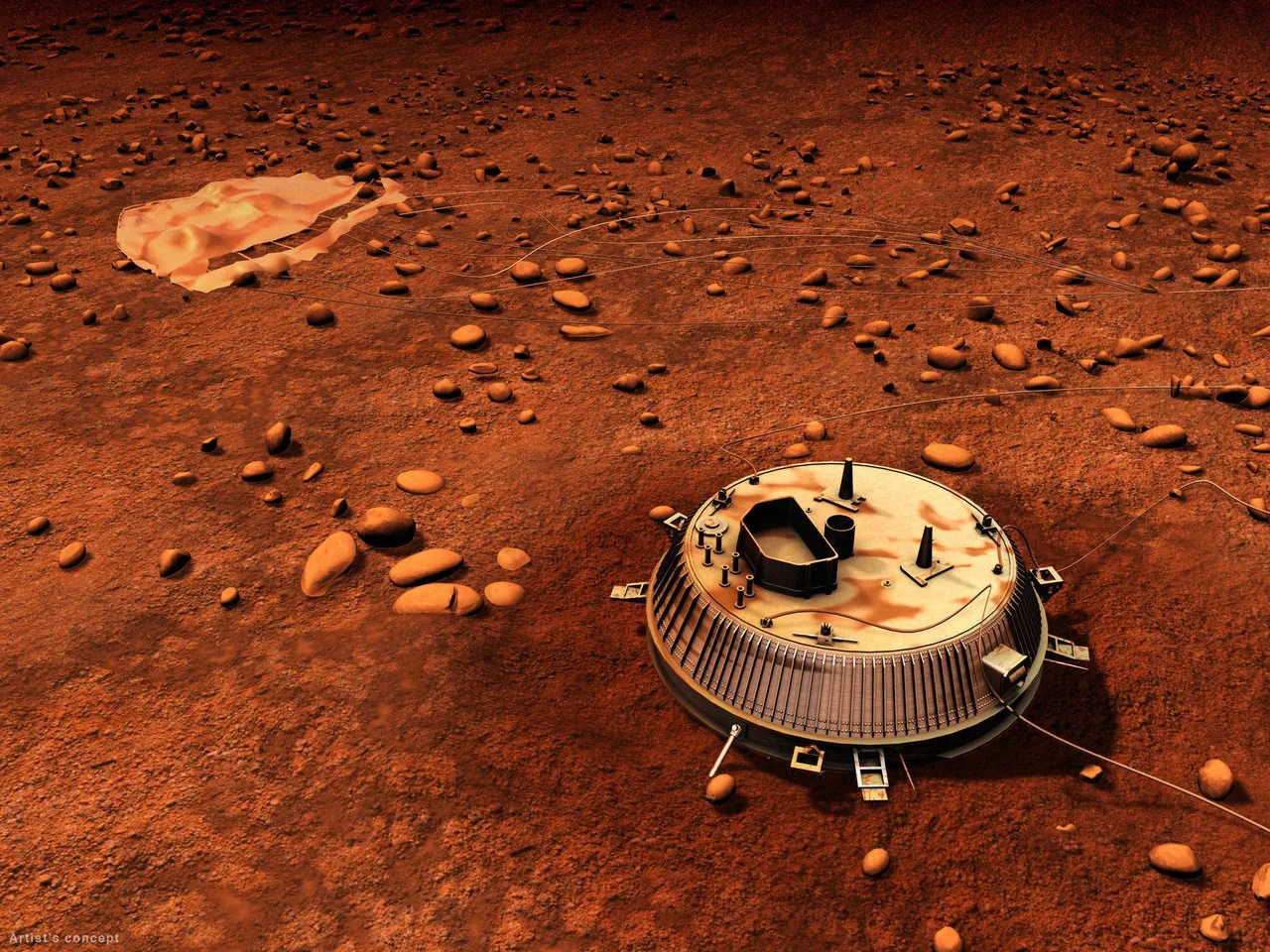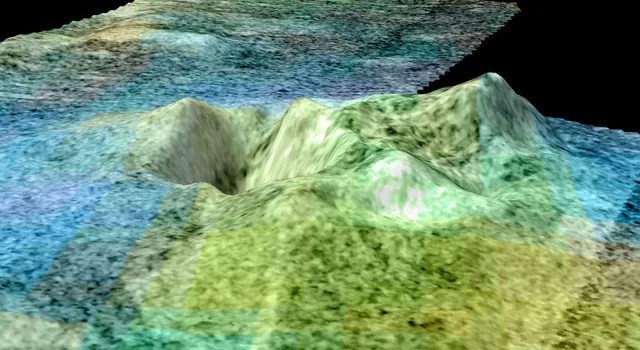2 min read

Titan is 10 times farther from the sun than Earth and much colder, but Cassini showed it to be the only other place in our solar system with stable liquid on its surface and a kind of “hydrological” cycle involving methane rather than water.
Flowing liquid hydrocarbons at Titan make for eerily Earthlike landscapes—they carve branching channels and steep canyons into rock-hard ice; they settle into lakes and seas with gently sloping shorelines and sheltered bays; they tumble water-ice “rocks” into rounded pebble shapes like those in earthly rivers.
Titan’s landscape also shares other similarities with Earth. Large, arid swaths of dunes gird the moon’s equatorial regions. Composed of organic materials that settle out of Titan’s thick, hazy atmosphere, these dunelands are sculpted by winds in ways similar to dunes in places like Namibia and the Sahara. Scientists have also spotted volcano-like mounds that, if indeed volcanic in nature, would erupt slushy lavas made of water rather than molten rock.

From its perch in space, Cassini has been watching Titan’s climate cycle play out over the years, with seasonal changes bringing bright, feathery methane rain clouds that dump precipitation on the landscape. Huygens saw clear evidence of a landscape that experiences intermittent but heavy floods, not unlike places in the American desert southwest.
Titan's smoggy atmosphere resembles an extreme version of the skies above Los Angeles on a day with poor air quality. And, more importantly, Titan’s atmosphere is thought to be similar to early Earth's before life developed here. Titan provides perhaps the best stage in the solar system to watch the organic chemistry that led to the origin of life on Earth billions of years ago. Titan can also be considered a possible analog for the future Earth. Its methane cycle gives us a hint of what Earth’s water cycle might look like in the far future as the increasingly brighter-burning sun changes the stability of water in our oceans and atmosphere. The seas at Titan’s poles might be remnants of larger bodies of liquid that once covered much more of the moon’s surface.







